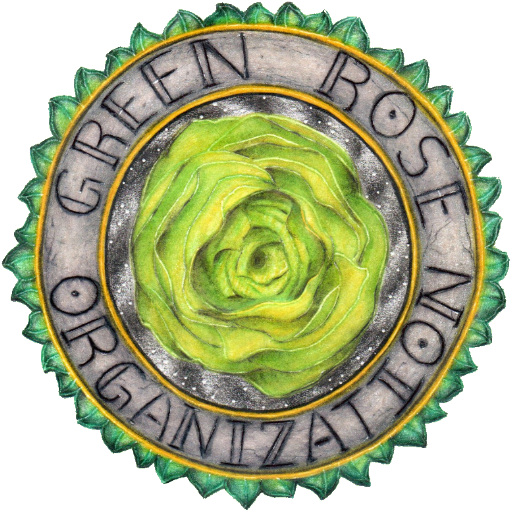In our fast-paced, connected world, stellar communication skills are non-negotiable for success in both personal and professional arenas. Whether you’re steering workplace nuances, presenting groundbreaking ideas, or nurturing personal ties, effective communication can unlock new opportunities and elevate your life’s quality. This blog explores communication’s critical elements, the empathetic edge, leadership leverage, and the transformative power of nonviolent communication. With insights from John C. Maxwell’s “The 21 Irrefutable Laws of Leadership,” published in 1998, and Stephen R. Covey’s “The 7 Habits of Highly Effective People,” it’s clear: communication is the ultimate game changer.
Unveiling Communication’s Core
Communication is the bedrock of human interaction, more than just exchanging ideas—it’s the lifeline connecting us. It enhances understanding and fosters relationships. In today’s rapidly shifting landscape, speaking and persuading clearly is paramount. As outlined at greenroseorganization.com, life coaching often stresses communication as crucial for personal growth. In education or self-help, mastering these skills isn’t optional—it’s vital.

Key Elements of Communication Mastery
Effective communication intricately blends several elements:
- Verbal Skills: Articulate clearly, language that strikes a chord.
- Nonverbal Cues: Body language, facial expressions—enhance verbal messages, convey warmth.
- Active Listening: Be present, engaged; it averts misunderstandings and nurtures empathy.
- Empathy: Grasp others’ emotions and perspectives, forging deeper connections.
These elements, when mastered, dramatically amplify your influence. Covey’s emotional bank accounts further highlight the essence of trust and credibility. Interestingly, the term “soft skills” was coined by the U.S. Army in the late 1960s, underscoring the long-valued importance of effective communication.

Empathy: The Communication Catalyst
Empathy can transform interactions. Enter Nonviolent Communication (NVC) by Marshall Rosenberg, evolved from concepts used in person-centered therapy beginning in the 1960s and 1970s. It pivots focus from judgment to understanding needs. Used in conflict resolution and therapy, NVC involves observing without judging, expressing needs concretely, and making heartfelt requests.
When you tune into others’ perspectives, you’re nurturing trust, fostering respect, and sparking collaboration. Empathy transcends mere communication—it forges genuine bonds.
Leadership and Communication: A Dynamic Duo
Effective leadership is inseparable from adept communication. Leaders who excel at this art inspire and build strong teams, articulating visions, setting goals, and instilling collaboration. Maxwell’s “The 21 Irrefutable Laws of Leadership” asserts leadership is influence, with communication at its heart. Master communicators build rapport and trust, propelling success and achieving goals.

Navigating Communication Barriers
Communication barriers—be they noise, emotions, or cultural—hinder understanding. Awareness and adaptability are key to surmounting them. Mindfulness and self-awareness help identify biases or distractions affecting interaction. Education and training, like those at greenroseorganization.com, equip individuals to navigate these barriers effectively.
Continuous learning in communication, as Covey teaches, emphasizes adaptability and proactive response for overcoming obstacles.
Nonviolent Communication: A Conflict Harmonizer
Conflict isn’t rare. Here, Nonviolent Communication proves invaluable. It shifts discord to understanding, diving into underlying needs. By observing without bias, expressing needs, and requesting empathically, conflicts turn into growth avenues, fostering respect and understanding. Interestingly, in a study, combining NVC and mindfulness training reduced recidivism among inmates from 37% to 21%, saving the state $5 million per year in reduced incarceration costs.
Most conflicts stem from unmet needs. NVC replaces harsh exchanges with empathy-led dialogues, transforming conflicts into connections.

Cultivating Communication in the Workplace
A vibrant workplace thrives on strong communication, fostering collaboration, innovation, and community. Clear info exchange, active feedback loops, and an open diverse culture are crucial. Continuous training in communication benefits all, as the Green Rose Organization emphasizes, an outgrowth of Shawn’s diligent work. Workplaces that prioritize communication see a boost in teamwork, engagement, and productivity.
Feedback: A Communication Powerhouse
Feedback is crucial for personal and organizational growth. Delivered well, it’s a catalyst for learning and enhancing relationships. Constructive feedback should be clear, behavior-focused, and encourage reflection—central to life coaching. Receiving it requires openness. Organizations that embrace feedback culture enjoy higher satisfaction and performance.
Interpersonal Communication: Building Relationship Foundations
Interpersonal communication shapes relationship quality, influencing connections with family, friends, and colleagues. Effective interaction fosters trust and intimacy, vital for lasting relationships. Emphasizing empathy and clarity, as Covey suggests, elevates interpersonal connections, leading to fulfilling interactions.
Evolving Communication Through Continuous Learning
Communication is dynamic. With tech advancements and cultural shifts, it demands continuous learning. Resources like greenroseorganization.com offer coaching and courses for perpetual growth. Invest in these skills and enhance personal and professional landscapes.




